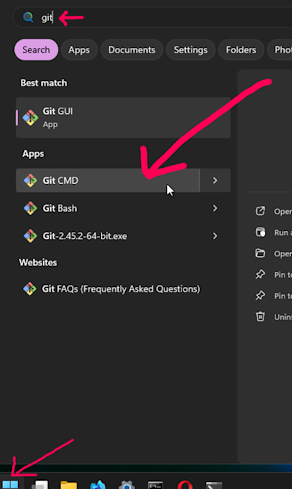How to contribute
This document explains how to contribute to Horse64. If you want to help out then please read on.
Contribute testing feedback
If you want to help testing, get the SDK, play with it, and report bugs. Here's a setup guide.
Contribute code
If you want to contribute code to core tooling, please read:
For now, many tests expect to run on Linux. If you contribute a bigger feature, you'll need to test on Linux according to the checklists. It's possible to do basic tests and changes on Windows if it's parts written in Horse64. It might be less practical for Horse64 Root.
Read the licensing carefully and agree to contribute your code under the given terms. ⚠️ We cannot accept any code that used AI-based code generation or code completion, like "Co-Pilot" etc., see here ⚠️
Changes are done via pull requests in the respective repositories.
To set up a new pull request, try these steps (warning, you should know terminal basics like changing directories):
Make an account on codeberg.org:

Also, install git for Windows and a text editor for editing code.
Browse to the respective Horse64 project repository for whatever tool you want to patch on Codeberg.
Click the "Fork" button on the codeberg page of the repository to get a personal fork, that's your own separate project copy:

Clone your personal fork to your local machine with:
git clone ...url-to-your-repo-fork-on-codeberg...Run that in a terminal, on Windows use e.g. the git cmd terminal of Git for Windows:

Then
cdinto the directory in your terminal and switch to a new branch:git checkout -b name-for-your-branchImplement and test your change.
Make sure to set up a name and e-mail with your local git if you haven't yet:
git config user.name "John Doe" git config user.email "my-mail@example.com"Now use:
git commit -a...to save and describe your changes to your local repository. Make sure to add your developer certificiate of origin signature, see the license file.
(If you added any new files, you might first need to use
git add name-of-file.)Then use:
git push origin name-for-your-branch...to push your change to your personal fork online.
Now go to the original repository on Codeberg, not your fork, go to "Pull Requests", and use "New Pull Request":

For the "merge into" setting, make sure it's set to the project's original "main" branch. For "pull from", pick your personal fork and your
name-for-your-branchbranch.
If you want to talk to other developers, join the 💬 community chat.
Contribute documentation
You can find the documentation, including this file itself, in the main repository of the core.horse64.org package, it's inside the docs folder. Feel free to suggest improvements. ⚠️ We cannot accept any text that used AI-based text generation or suggestions, like "ChatGPT" etc., see here. ⚠️
Contribute funding
This project doesn't accept funding nor donations.
But here is info on the key people, if you wanted to cheer them on or to join their other ventures and activities.
Maintainer checklists
These are maintainer checklists for all the core projects:
Pull request checklist for core tooling
If you contribute a pull request... FIXME
Updating git hooks or issue forms
Whenever updating the git hooks, or the forms in the .gitea directory, or the workflows to disable pull requests in the .github directory, update them in the core.horse64.org main repository first.
Then run (in the main repository directory):
python3 maintainer-helper-update-repos.py
...to propagate the changes to all the other repository.
(The other repositories need to be cloned to neighboring repository directories, neighboring your core.horse64.org repository directory.)
Update all copyright notices for the next year
To update all copyright notices for the next year, do the same steps as for updating the git hooks for all repositories.
Release checklist for core tooling
This release checklist should be completed before attempting any release of what is part of the core tooling.
What is part of the core tooling: This list continuously expands and is made up of what is needed to build horp, HVM, and the standard library. The authoritative latest list for what is part of that, is maintained as part of tools/maintainer_helper_test_major_builds.h64 in the core.horse64.org main repository.
Steps required before any official release of core tooling:
Be on Linux.
Set up the core tooling repository directories next to each other in the versions to be tested, including what you plan to release.
Run this and follow the instructions:
translator/horsec_run.py tools/maintainer_helper_test_major_builds.h64(Run it in the core.horse64.org even if your change is in a different package.)
If it reports an error at any point, it should be fixed before a release.
Now you should run whatever tests the respective project or package offers. For HVM, that would usually be
make test, and for the others that would usually be viahorp test. If there are any errors, make sure to investigate if any are new!
Why AI contributions are not allowed
For legal reasons, we absolutely cannot accept any AI contributions since it would put the Horse64 ecosystem into untenable uncertainty.
To avoid legal risks, Horse64's DCO requires you to state you made the contribution and can guarantee it's not plagiarized whenever you contribute. But with the legal situation around AI, many industry analysists are convinced this isn't possible with AI output. See this article for a more in-depth explanation, including other reasons like quality control.
Until this situation is more cleared up, we therefore cannot risk any AI contributions. Please don't under any circumstances submit code or text that was in full or even in part written by AI.